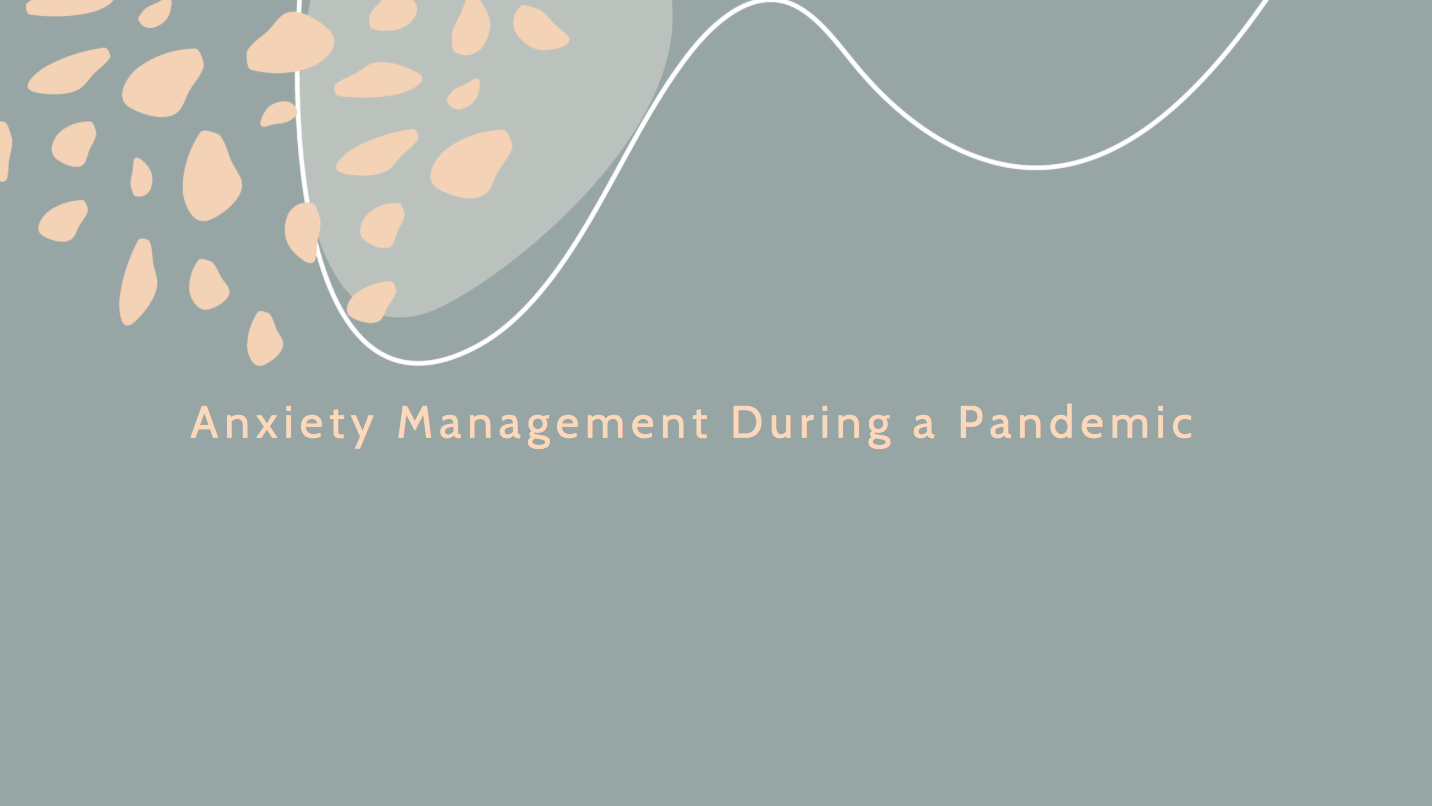
Millions of people are staying home, away from work, school, and all additional activities in response to COVID-19. The COVID-19 pandemic brings many sources of stress alongside it, which may increase your anxiety levels in response. It is normal to feel some anxiety during a global infection, when every part of your life is affected, coupled with dealing with the levels of unknown we are currently faced with.
Allow yourself to fully acknowledge your stresses and accept a moderate level of worry. A moderate level of worry supports you in taking precautionary measures against potential threats. For example, by making an effort to wash your hands when it is necessary is a precautionary measure crucial to this time period and pandemic. If you reach a point where you feel a sense of overwhelm by negative thoughts and emotions, avoid attempting to minimize them or discount them through inner conversation. A counter conversation held with yourself should be aimed at addressing the negative thinking and acknowledging its presence. These thoughts are irrational, self-defeating, and may fuel your anxiety. Mulling over a negative thought for an extended period of time is a leading cause of anxiety and depression.
A COUNTER CONVERSATION HELD WITH YOURSELF SHOULD BE AIMED AT ADDRESSING THE NEGATIVE THINKING AND ACKNOWLEDGING ITS PRESENCE.

One of the best methods in dealing with negative thinking includes the following steps:
- Notice what your triggers are: Explore and understand when the negative thinking arises. Is it when you are bored, you or a member of the family leaves the house, or when you are scrolling through social media? After you identify your triggers, write them down. Keep a journal in which you track your negative thoughts. Most negative thinking is about an element of the future that has not yet happened, a “what if” scenario.
- Once you have identified the trigger(s), take notice of when it automatically hits you, prior to creating the feeling of overwhelm. Begin self-talk by reminding yourself “This will trigger my negative thinking”. Distract yourself immediately by choosing to do a task or activity that keeps you from overly processing a negative thought. Research has shown people who use the distraction method are less likely to experience depressive and anxious symptoms. The best distraction method includes choosing a challenging activity which you are good at such as writing, exercising, cooking or playing a competitive game with family members or friends virtually. When you challenge yourself with a task that meets your current level of skill, you will most likely be completely engaged in the moment.
- If you find yourself continuing to ruminate in the negative thoughts, which can make you feel overwhelmed and dominate how you think and act, immediately bring this thought into reality of the present situation. Begin self-talk and say “As of right now, I am not sick” based on the facts of the present moment. With practice, you can recognize the thoughts when they occur, realize that they are irrational, and adjust your thoughts to match the current moment of reality.
- Remind yourself that you have no control over the future; you can plan and prepare for the future, but you cannot control it. Take notice of your worrying surrounding “what if” situations and what could happen in the future. This way of thinking can lead you to an overwhelming concern that you have no control over. When the time comes and unplanned negative events occur, you will adapt to the situation and deal with it appropriately. Always remind yourself as of right now, in the present moment, you are safe and okay.
- Continue thinking rationally based on the present moment with less engaging with ruminative afterthoughts. This will help you to think consciously based on reality. Each of these steps will strengthen each other in a positive cycle.
WHEN DEALING WITH A PANDEMIC, IT IS BEST TO FOCUS ON PREVENTION RATHER THAN AVOIDANCE.
When dealing with a pandemic, it is best to focus on prevention rather than avoidance. As you continue to build on this work, you may find yourself growing more confident and less anxious. While you may still be nervous or afraid during certain situations, it may not be as debilitating or overwhelming, allowing you to live a richer life. If you experience preexisting mental health conditions such as mood swings, addiction, OCD, paranoia or depression, be aware of new or worsening symptoms. You should seek additional support and continue with your current treatment path.
